Water might’ve existed in the building blocks of our world.


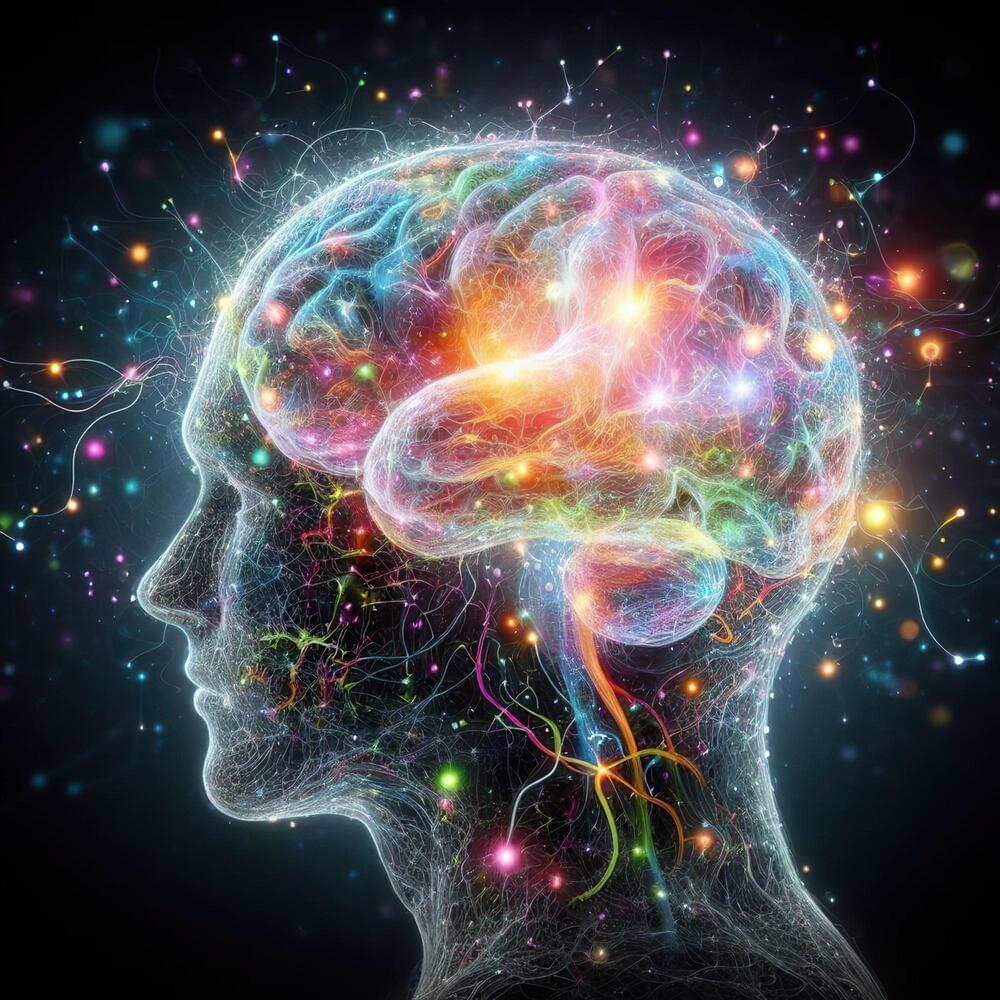
The study hypothesizes that ‘pre-digested’ foods contributed to the development of larger brains. The large, capable human brain is a marvel of evolution, but how it evolved from a smaller primate brain into the creative, complex organ of today is a mystery. Scientists can pinpoint when our evolutionary ancestors evolved larger brains, which roughly tripled in size as human ancestors evolved from the bipedal primates known as Australopithecines.
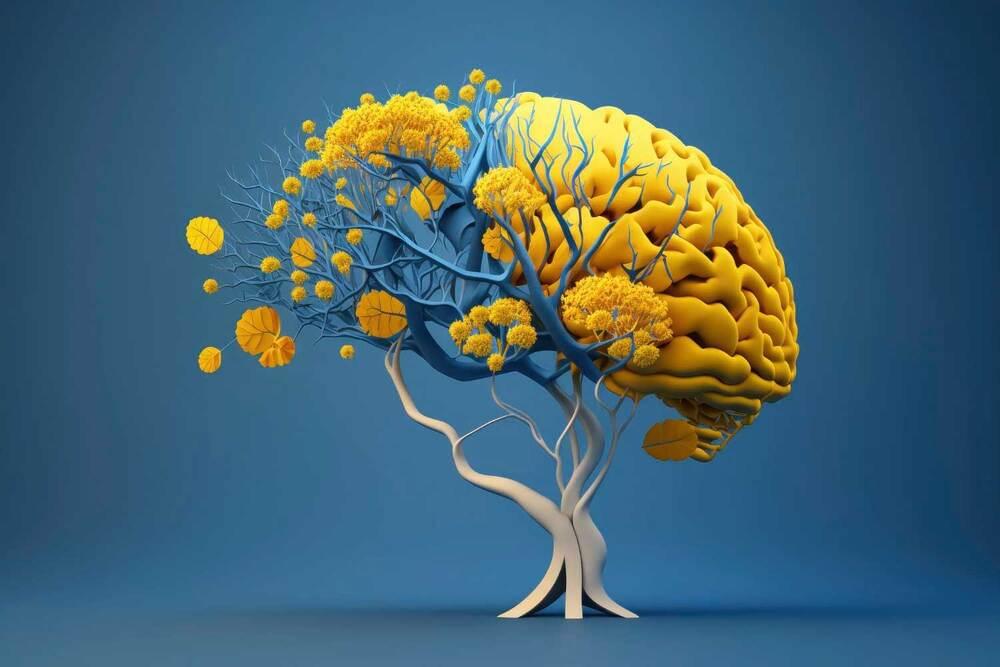


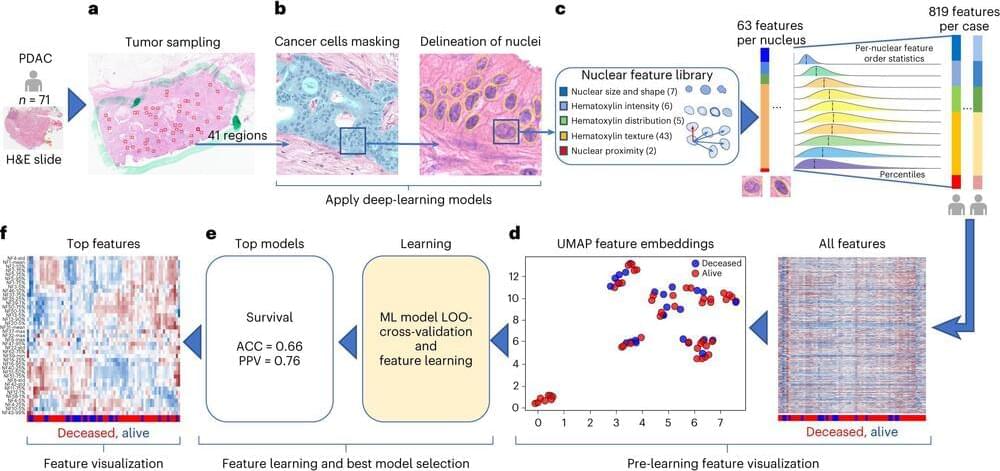
Cedars-Sinai Cancer investigators have used a unique precision medicine and artificial intelligence (AI) tool called the Molecular Twin Precision Oncology Platform to identify biomarkers that outperform the standard test for predicting pancreatic cancer survival. Their study, published in Nature Cancer, demonstrates the viability of a tool that could one day guide and improve treatment for all cancer patients.
“Molecular Twin, which we developed at Cedars-Sinai, can be used to study any tumor type, including pancreatic cancer, which is notoriously difficult to treat,” said Dan Theodorescu, MD, Ph.D., director of Cedars-Sinai Cancer and the PHASE ONE Foundation Distinguished Chair, and senior author of the study. “Using our Molecular Twin technology, we anticipate creating tests that can be used even in locations that lack access to advanced resources and technology, pairing patients with the most effective therapies and expanding the availability of precision medicine.”
Investigators used the Molecular Twin platform to analyze blood and tissue samples from 74 patients with the most common and most aggressive pancreatic cancer type, pancreatic ductal adenocarcinoma. The disease begins in the cells lining ducts that carry digestive enzymes from the pancreas to the small intestine.


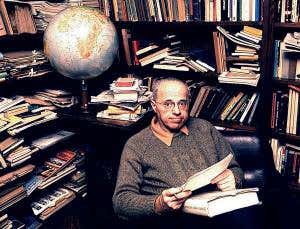
Stanislaw Lem’s forgotten masterwork Summa Technologiae, now in English half a century after publication, is a heady mix of prescience, philosophy and irony.
By Simon Ings
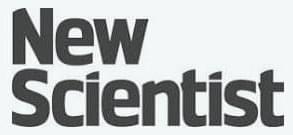
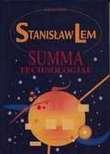 „Summa Technologie is a „mother-essay from which most of Lem’s later essayistic books stem. It was written in times when most of the discussed issues – today sometimes quite obvious ones – belonged to the world of fantasy. The ambition behind this project still amazes, especially if we take into consideration that Lem tried to set up a secular edifice of knowledge, competing in its universalism with Saint Thomas Aquinas and his Summa Theologica.
„Summa Technologie is a „mother-essay from which most of Lem’s later essayistic books stem. It was written in times when most of the discussed issues – today sometimes quite obvious ones – belonged to the world of fantasy. The ambition behind this project still amazes, especially if we take into consideration that Lem tried to set up a secular edifice of knowledge, competing in its universalism with Saint Thomas Aquinas and his Summa Theologica.
At the same time the book rivals world futurology — in the domain of foreseeing future ways of science and technology. Current generation, interested in biotechnology and informatics, shall find in Lem’s “Summa” the project and prophecy of todays’ successes of these disciplines.
The English translation (University Of Minnesota Press, 2013) is the work of Joanna Zylinska, professor of new media and communications at Goldsmiths, University of London.